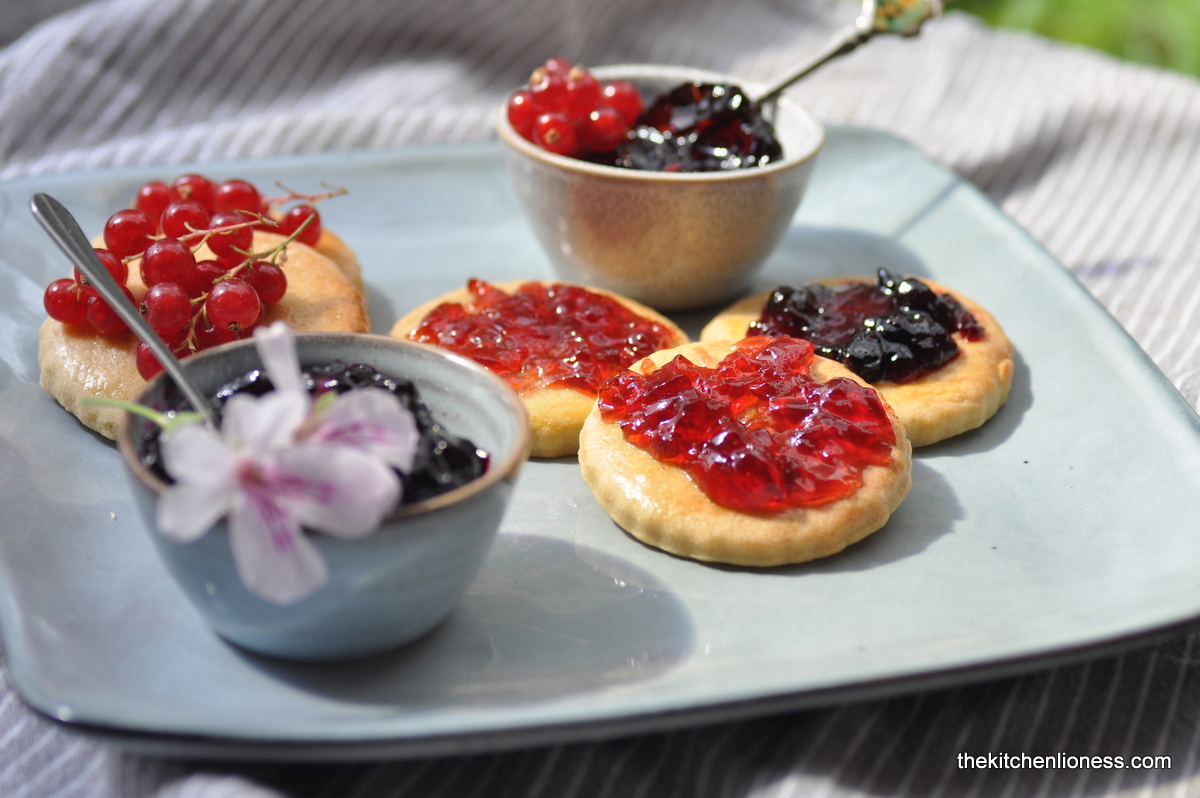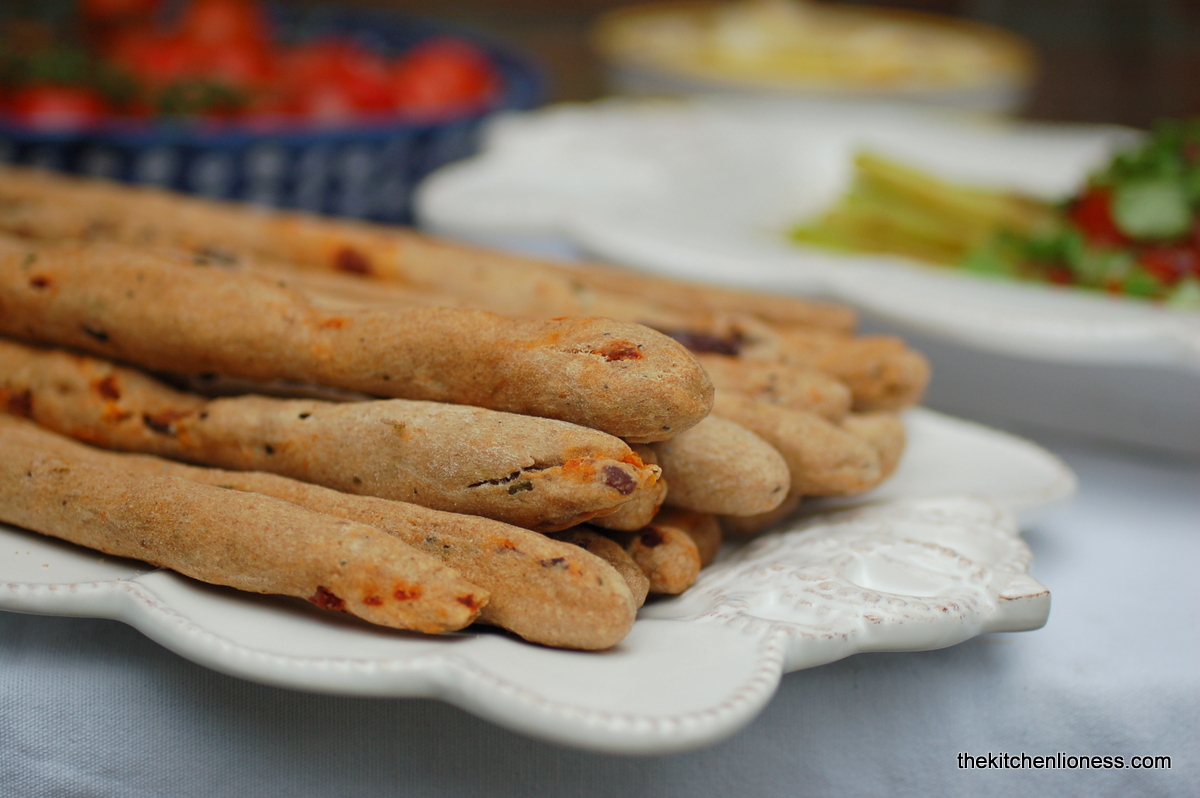When the sun sets on 23 June, it's St John’s Eve also known as St John’s Night (Johannisnacht) and thus the eve of celebration before the Feast Day of St John the Baptist (Sankt Johannes der Täufer). In medieval times the feast of St John was one of the most important festivals of the year. Midsummer celebrations pre-dated Christianity all over Europe, it’s the time when the day is longest and night is shortest. And to this day, there are elements of pre-Christian nature worship, of the midsummer festival, and of summer solstice celebrations (Sommersonnenwende) interwoven with the festivities around St John.
In Germany, too, the summer solstice is celebrated. As in the Scandinavian countries, huge bonfires are lit on St John’s Eve (Johannesfeuer), around which people dance, often going along with a ritual, that young people had to jump over the fire. The custom dates back to the 12th century. It was thought that the summer solstice was a time when spirits roamed freely, so bonfires were lit to ward off and protect from the evil spirits that cause illness and harm livestock, and to avert bad weather.
In some areas straw dolls are thrown into the fire and certain regions still uphold the custom of a woven wreath or crown of twigs and leaves decorated with flowers and ribbons (Johanniskrone). In earlier times, the wreath was hung up on the village green and danced around every night until the greenery died. The circular shape of the wreaths suggested both the sun and the cyclical nature of the seasons, again going back to old Pagan beliefs.
Always celebrated on June 24th, St John's Day celebrates the birthday of St John the Baptist. Usually, a saint's feast day is celebrated on the day that the saint died. St John along with the Virgin Mary are the only two saints whose birthdays are celebrated. According to St Luke’s Gospel, John was six months older than Jesus, this allowed the church year to assimilate the far older customs associated with the summer solstice on 21 June and the winter solstice on 25 December. It is still celebrated as a religious feast day in several countries, such as Denmark, Norway, Sweden, Finland, Estonia, Latvia and Lithuania and Germany and it is also celebrated in Québec as the Fête Nationale du Québec.
To farmers, this is also a turning of the growing season tide. After the solstice, the days will gradually become shorter. Therefore, some farmers would spread the ashes from the fires over the fields in hopes of more bountiful crops.
And around here, St John's Day marks the end of the asparagus and rhubarb season as well as the beginning of the sweet cherry season.
Collecting medicinal herbs or plants held to have magical properties was also customary on St Johns Eve. The flowers represented the fertility of the earth, just as the fires stood for the sun. The flowers associated with the feast of St John include fennel (Fenchel), rue (Weinraute), rosemary (Rosmarin), lemon verbena (Zitronenverbene), mallows (Malven), laburnum (Goldregen), foxgloves (Fingerhüte) and elder flowers (Holunder). It was especially important to gather the perennial herb St John’s Wort (Johanniskraut) - named after the saint - with those small, star-shaped yellow flowers. Since medieval times, this herb has been hung over doors, windows and icons to keep witches and evil spirits away, and was once known as ‘chase-devil’.
Yarrow (gemeine Schafgarbe) has been used since ancient times for healing wounds, and its essential oil has anti-inflammatory properties, it was also used as a ward against evil, and traditionally it was burned on the eve of St John’s Day. Bracken (Adlerfarne) was also collected as its minute spores were reputed to confer invisibility on their possessor if gathered at the only time when they were said to be visible, i.e., on St John’s Eve at the precise moment at which the saint was born.
This day is representative of so many things that most people can find a reason to partake in the local traditions. As far as the Christian faith is concerned, John the Baptist is described in the Gospel of Luke as a relative of Jesus who led a movement of baptism at the Jordan River. Most scholars agree that John baptized Jesus by wading into the water with Jesus from the eastern bank of the river. John is probably best known for foretelling of the Messiah, which in the New Testament predicted the coming of Jesus.
According to the Gospel of Mark, John is imprisoned by Herod for denouncing Herod's incestuous marriage. John condemned Herod for marrying Herodias (his niece) in violation of Old Testament Law. After Herodias's daughter Salome has danced before Herod, he grants her a favor. Herodias tells her to ask for the head of John the Baptist, which is delivered to her on a plate.
This lovely recipe is meant to celebrate St John’s feast day in a sweet way. You can ask your kids to help you with this recipe. Maybe they could peel the eggs for you, or scrape the eggs through the sieve, knead the dough, cut out the dough rounds and place them on the baking sheets. The recipe is quite easy and the results are sweet.
St John’s Cakelettes
(these small cakes are traditionally baked for St John’s feast day on June 24th – the recipe yields between 15 to 20 cakelettes)
Ingredients
- 250g white spelt flour (you can substitute AP/plain flour here), plus some for the work surface
- 125g, unsalted butter, room temperature
- 50g raw cane sugar (OR natural light brown sugar)
- 8g pure vanilla sugar (OR use vanilla extract)
- 5 eggs (M), hard-boiled, cooled, peeled, forced through a sieve
- 1 pinch of fine sea salt
- 1 tbsp freshly squeezed lemon juice
- eggwash (1 egg yolk mixed with a bit of cold water or milk)
For Serving
- Red and black currant jelly or jam (preferably homemade)
Preparation
- Pre-heat your oven to 170°C (335°F).
- Mix all the ingredients together until you have an elastic dough.
- Lightly flour your work surface and roll out the dough to a thickness of about 1cm (0.4in).
- Using a round shape cookie cutter or a glass (about 3 in Ø), cut out about 15 to 20 cookies and place them on parchment lined baking sheets. Gather any dough scraps and re-roll them. Since the cakelettes do not expand much, you can place them realtively close together.
- Brush each cakelette with some egg wash.
- Bake each batch about 15 to 20 minutes or until golden.
- Transfer to a cooling rack.
- Liberally spread red and/or black currant jelly or jam on each cakelette and serve.
Johannisküchlein
(werden traditionell zum Mittsommertag bzw. Johannisfest am 24. Juni gebacken, ergibt ca. 15 bis 20 Stück, je nach Größe des Ausstechers)
Zutaten
- 250g Dinkelmehl (Type 630), plus etwas Mehl für die Arbeitsfläche
- 125g Butter, Zimmertemperatur
- 50g Rohrohrzucker
- 8g Bourbon Vanillezucker
- 5 Eier (M), hart gekocht, abgekühlt und dann durch ein feines Sieb gestrichen
- 1 Prise feines Salz
- ein TL Zitronensaft, frisch gepresst
- Eistreiche (eine Eigelb, vermischt mit etwas Wasser oder Milch)
Zum Servieren
- roten und schwarzen Johannisbeergelee oder Johannisbeermarmelade
Zubereitung
- Den Ofen auf 170°C (150°C Heißluft vorheizen).
- Alle Zutaten zu einem homogenen Teig verarbeiten.
- Den Teig mit einem Nudelholz auf einer mehlierten Arbeitsfläche 1 cm dick ausrollen.
- Entweder mit einem Keksausstecher oder einem Glas (7 bis 8 cm Ø) runde Küchlein ausstechen.
- Teigreste wieder zusammenkneten und neu ausrollen.
- Die Küchlein auf zwei mit Backpapier ausgelegte Backbleche geben. Da die Küchlein nicht viel aufgehen, kann man sie ruhig mit relativ wenig Abstand auf das Backblech legen.
- Dünn mit Eistreiche bepinseln.
- Dann die Bleche nacheinander im Ofen bei 170 °C (150 °C Heißluft) goldgelb backen. Das dauert ca. 15 bis 20 Minuten.
- Auf einem Kuchenrost abkühlen lassen.
- Dann wahlweise mit rotem und/oder schwarzem Johannisbeergelee odeer Marmelade bestreichen und am besten noch am selben Tage servieren.
Please note that this blog post is part of my series for a local radio station, where, throughout the years, I present festive bakes that are closely tied to various holidays and seasons. If you are interested, have a LOOK & LISTEN (in German) HERE.
The various recipes of my series can be found here:
- in January, for Three Kings Day (Dreikönigstag) two kinds of Galette des Rois (Dreikönigskuchen) (HERE)
- for Lent (Fastenzeit) Lenten Soup with Lenten Beugel (Fastenbeugel) (HERE)
- for Good Friday (Karfreitag) the delicious Hot Cross Buns (HERE)
- for Pentecost /Whitsun (Pfingsten) the fun Allgäu Bread Birds (Allgäuer Brotvögel) (HERE)
- for the beginning of the summer vacation, the lovely Sacristains (Almond & Sugar Puff Pastry Sticks) (HERE)
- for St Christopher's Day (St Christophorus), the energy-packed Müsli Power Bars (Müsli Energieriegel) (HERE)
- for Mary's Assumption Day (Mariä Himmelfahrt) my Tear & Share Herb Bread (Kräuterbrot) (HERE)
- for Mary’s Birthday (Mariä Geburt) some very pretty Mary’s Sweet Rolls (Süße Marienküchlein) (HERE)
- for Thanksgiving (Erntedankfest) a delicious and seasonal Thanksgiving Apple Tart with Frangipane (Erntedank Apfeltarte mit Mandelcreme) (HERE)
- for Halloween a Pumpkin Spice Bundt Cake (Kürbis-Gewürzkuchen)
- for St Martin's Day (Martinsfest) the cheerful Sweet Dough Men (Weckmänner) (HERE)
- for St Andrew's Day (Andreastag) a classic Petticoat Tails Shortbread (HERE)
- for Christmas Day (Weihnachten) these Traditional German Gingerbread (Elisenlebkuchen) (HERE)
- for New Year's Eve a New Year's Eve Pretzel (Neujahrsbretzel)
- for Candelmas Day (Mariä Lichtmess) some delightful Navettes de Saint Victor (HERE)
- for Carnival Season (Karneval) these lovely Carnival Doughnuts (Karnevals-Krapfen) (HERE)
- for St Patrick's Day a traditional Irish Brown Soda Bread (Irisches Sodabrot)(HERE)
- for St Joseph's Day a long-forgotten but thankfully re-discovered Sweet Cotton Bread (Baumwollbrot)(HERE)
- for Palm Sunday (Palmsonntag) these very pretty Palm Pretzels (Palmbrezel) (HERE)
- for Easter Sunday (Ostersonntag) an Easter Brunch at Home with Tarte Flambée (Flammkuchen) (HERE)
- for the Month of May (Marienmonat Mai) these elegant Visitandines de Nancy (HERE)
- for Pentecost/Whitsun (Pfingsten) festive Beignets (Heiliggeistkrapfen) (HERE)
- for St John's Day (Johannistag) these sweet St John Cakelettes (Johannisküchlein) (HERE) - more delicious treats to come very soon.
















































